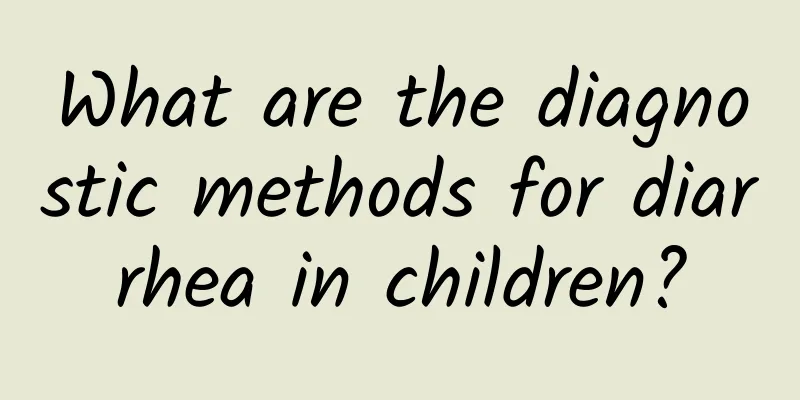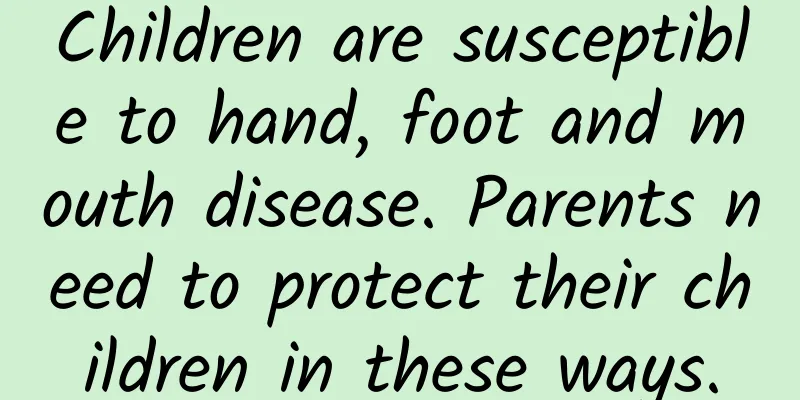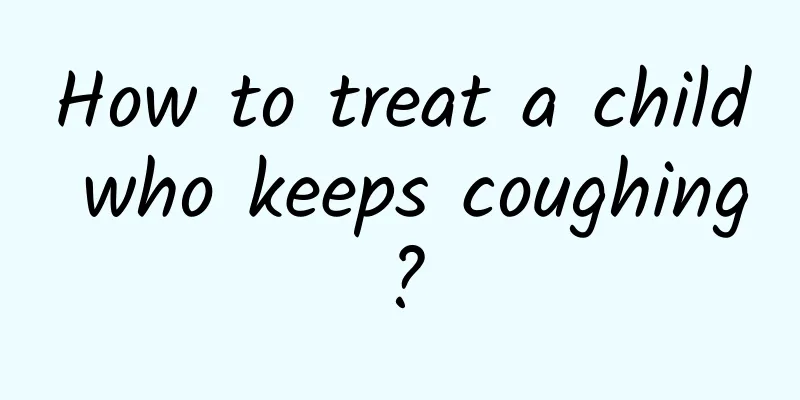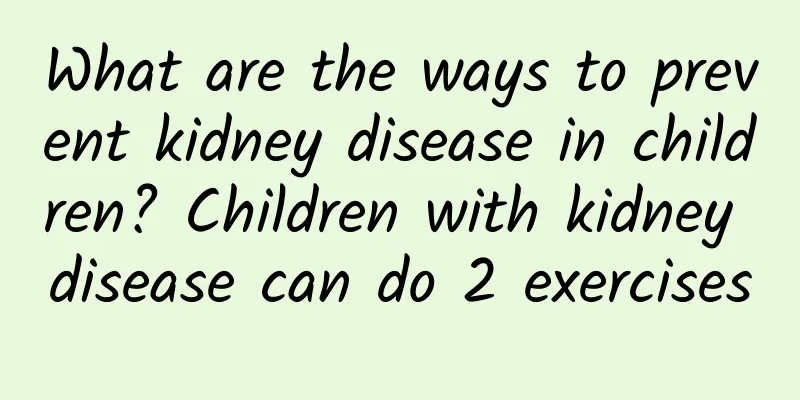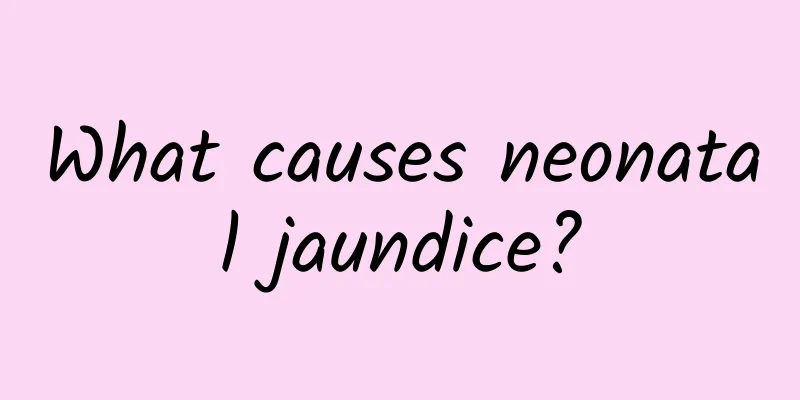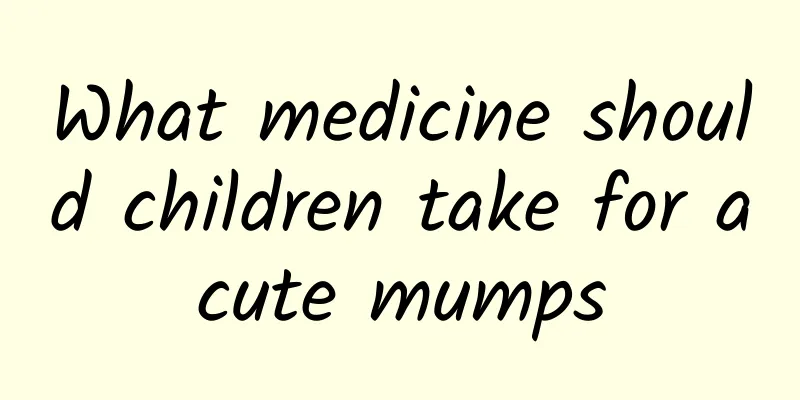Key points for diagnosis of ADHD in children
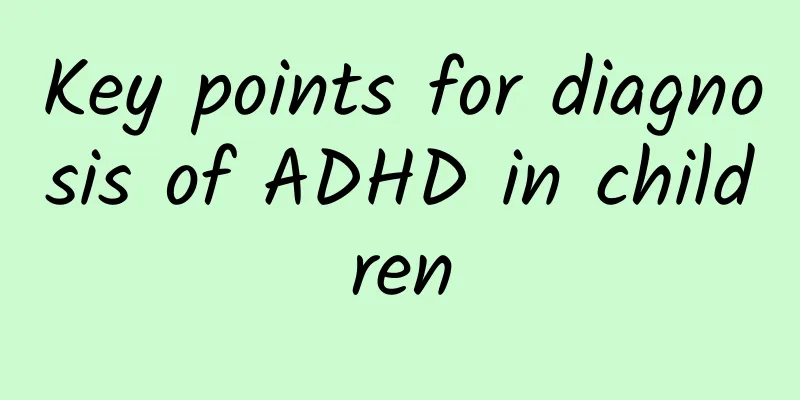
|
Children with ADHD are very active and have difficulty concentrating, which leads to the child's cognitive ability and habits gradually showing disadvantages, lower than normal children. In order to find patients in time, let's learn about the diagnosis and classification of ADHD in children through this article. Diagnosis and classification The diagnosis should be made based on the results of medical history, physical and neurological examinations, psychiatric examinations, and auxiliary examinations. In this process, it is very important to collect a detailed and correct medical history, because children with mild illness may not have prominent symptoms during a short psychiatric examination. Diagnostic points 1. Onset before the age of 7, with symptoms lasting at least six months. 2. The main clinical manifestations are attention disorder, hyperactivity and impulsivity. 3. Have adverse effects on social functions (e.g. academic performance or interpersonal relationships). 4. Exclude mental retardation, pervasive developmental disorders, emotional disorders, etc. Diagnostic criteria Clinicians can choose diagnostic criteria according to their needs. Currently, the DSM-IV diagnostic criteria for ADHD are mostly used: AE is required to be met. A. Symptom criteria: (1) Symptoms of attention deficit: At least six of the following symptoms of attention deficit persist for at least six months to a degree that is maladaptive and inappropriate for developmental level: ① Often fail to pay attention to details in study, work or other activities, and easily make mistakes due to carelessness; ② Often have difficulty maintaining attention during study or game activities; ③When talking to him, he is often absent-minded and seems to be listening but not really listening; ④ Often fails to follow instructions to complete homework, daily chores, or work (not due to oppositional behavior or lack of understanding); ⑤ Often have difficulty completing structured tasks or other activities; ⑥ Dislike or are unwilling to do things that require sustained energy (such as homework or housework), and often try to avoid them; ⑦ Often lose things necessary for study and activities (such as toys, textbooks, pencils, books or tools, etc.); ⑧Easily distracted by external stimuli; ⑨ Often forget things in daily activities. (2) Hyperactive/Impulsive Symptoms: At least six of the following hyperactive and impulsive symptoms persist for at least six months to a degree that is maladaptive and inappropriate for developmental level: ① Often moves hands and feet constantly, or twists and turns in the seat; ② Often leave seats without permission in classrooms or other situations where students are required to sit properly; ③ Often running around or climbing up and down excessively in inappropriate situations (in adolescents or adults, this may only be a subjective feeling of restlessness); ④ Often cannot play games or participate in leisure activities quietly; ⑤ Often moves without stopping, as if there is a machine driving him; ⑥ Often talkative; ⑦ Often rushes to answer questions before others have finished asking them; ⑧ Often cannot wait patiently for their turn to play during activities; ⑨ Frequently interrupts or disturbs others (such as interrupting when others are talking or disturbing other children's games). B Course criterion: Some impairing symptoms appear before age 7 years. C Impairment caused by some symptoms occurs in at least two settings (e.g., school and home). D Severity Criteria: Clear evidence of clinically significant impairment in social, academic, or occupational functioning. E Exclusion criteria: Symptoms do not occur in the course of pervasive developmental disorder, schizophrenia, or other psychotic disorders, and cannot be explained by other mental disorders (such as mood disorders, anxiety disorders, dissociative disorders, or personality disorders). Through this article's introduction to the diagnosis of ADHD, we know that ADHD cannot be determined by a single indicator. We need to pay careful attention to the child's movements and attention. Correcting the child's bad habits in daily life is very helpful in alleviating the disease. |
<<: What are the diagnostic criteria for ADHD in children?
>>: Diagnostic criteria for ADHD in children
Recommend
What topical medications can be used for pediatric eczema
Pediatric eczema is a common allergic skin diseas...
The degree and nature of dehydration in children with diarrhea
When children have diarrhea and become dehydrated...
How to treat a 5-year-old baby who keeps coughing?
If the baby has obvious dry cough for a long peri...
Early symptoms of hand, foot and mouth disease in infants
The initial symptoms of hand, foot and mouth dise...
How hand, foot and mouth disease is spread and prevented
Hand, foot and mouth disease spreads through thre...
Why is the skin color uneven on children's faces? Be careful of two diseases when children have uneven skin color
Uneven skin tone on children's faces may be c...
What are the causes of diarrhea in children? Parents should take care of children with diarrhea in this way
At the turn of spring and summer, the weather cha...
How to rule out symptoms of Kawasaki disease?
Kawasaki disease is an inflammatory disease of bl...
Is a child's cough serious? What should you pay attention to when a child has a cough?
The most feared thing about children's cough ...
Will polio get better?
Through timely treatment and rehabilitation train...
Nursing Care of Patients with Poliomyelitis
The harm caused by polio is irreversible. It brin...
What causes kidney yin deficiency? What are the symptoms of kidney yin deficiency?
Kidney Yin deficiency is a term in traditional Ch...
What causes neonatal pneumonia? Does a baby's spitting of bubbles mean pneumonia?
Neonatal pneumonia is a common disease in pediatr...
How much should neonatal jaundice be reduced before vaccination can be given?
Most pregnant women will have some bad habits dur...
How to prevent kidney disease in children
How to prevent kidney disease in children? The ha...
